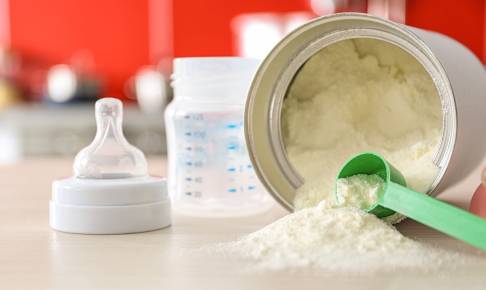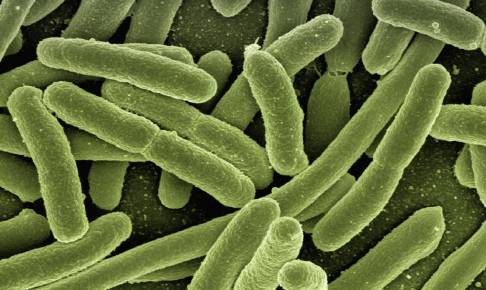Salmonella's resilience: USDA reveals survival strategies in food processing
Researchers from the US Department of Agriculture's Agricultural Research Service (USDA's ARS) have uncovered groundbreaking findings on the adaptability and resilience of Salmonella in food processing facilities. Their research focused on the interaction between the bacterium and environmental biofilms, shedding new light on how Salmonella thrives and persists in these settings.
In contrast to earlier investigations that focused on single-species biofilms, this study delved into the world of mixed biofilms, where foodborne pathogens cohabit with a diverse array of environmental microorganisms. The study unveiled the remarkable adaptability of Salmonella in diverse biofilms, enabling the pathogen to thrive under stressful conditions, establish itself on food contact surfaces, outcompete other microorganisms, and exhibit resistance to sanitizers.
This groundbreaking research provides valuable insights into the complex interplay between foodborne pathogens and biofilms, offering valuable knowledge to strengthen food safety practices. While additional studies are needed to fine-tune food safety strategies based on these discoveries, the research emphasizes the pivotal contribution of beneficial bacteria in the fight against foodborne pathogens.
By shedding new light on how environmental factors influence pathogen behavior, the study presents a fresh perspective, suggesting the potential to target specific environmental species that can either safeguard or inhibit Salmonella. This opens new opportunities for precise monitoring and intervention measures. Moreover, considering the genetic diversity of Salmonella, the study raises the question of whether the identified survival and adaptation strategies could apply to other foodborne bacteria exhibiting similar diversity. Preliminary findings indicate that pathogens beyond Salmonella may demonstrate similar behaviors as they navigate the environment and interact with different species.
The USDA's ARS research on Salmonella's survival strategies in food processing facilities brings us closer to developing targeted interventions and preventive measures to mitigate the risks associated with this pathogen. By gaining a deeper understanding of how Salmonella interacts with biofilms and the environment, scientists can develop more effective strategies to ensure the safety and quality of our food supply.
Source:






















